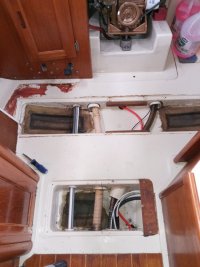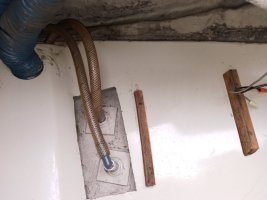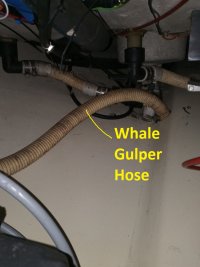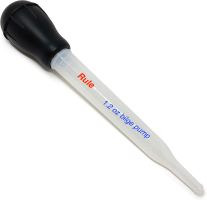Jerry VB
E32-3 / M-25XP
That would be a tough challenge. The pumps are below the trash receptacle in the starboard lazerette. I can get fully into the lazerette (not bad), but I cannot move much once in there and I definitely cannot reach under the trash bin when down in the hole. They are too far back to reach from the access under the sink (where I was taking the picture).How would you access your pumps to inspect the diaphragm?
If the trash bin was not there, they would be pretty easy to access... if one of the pumps ever quits on me, I would seriously consider making the trash bin removable (sawzall time!).




